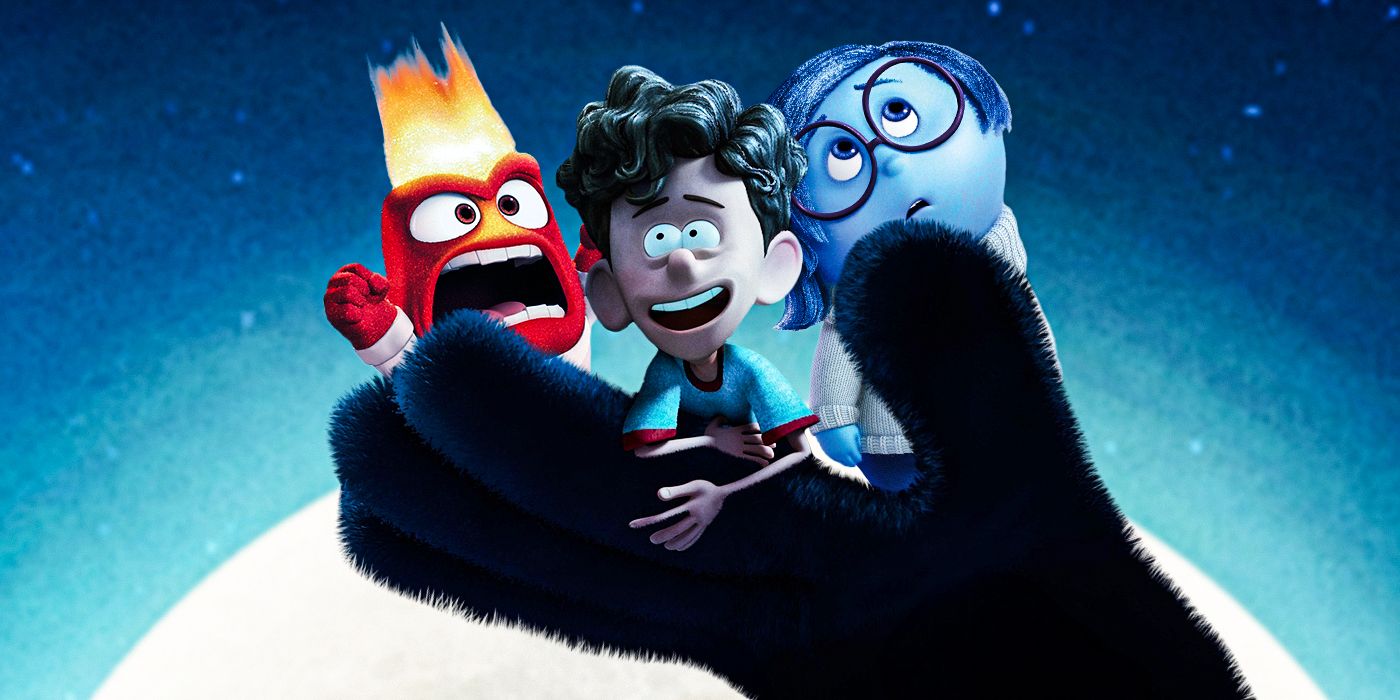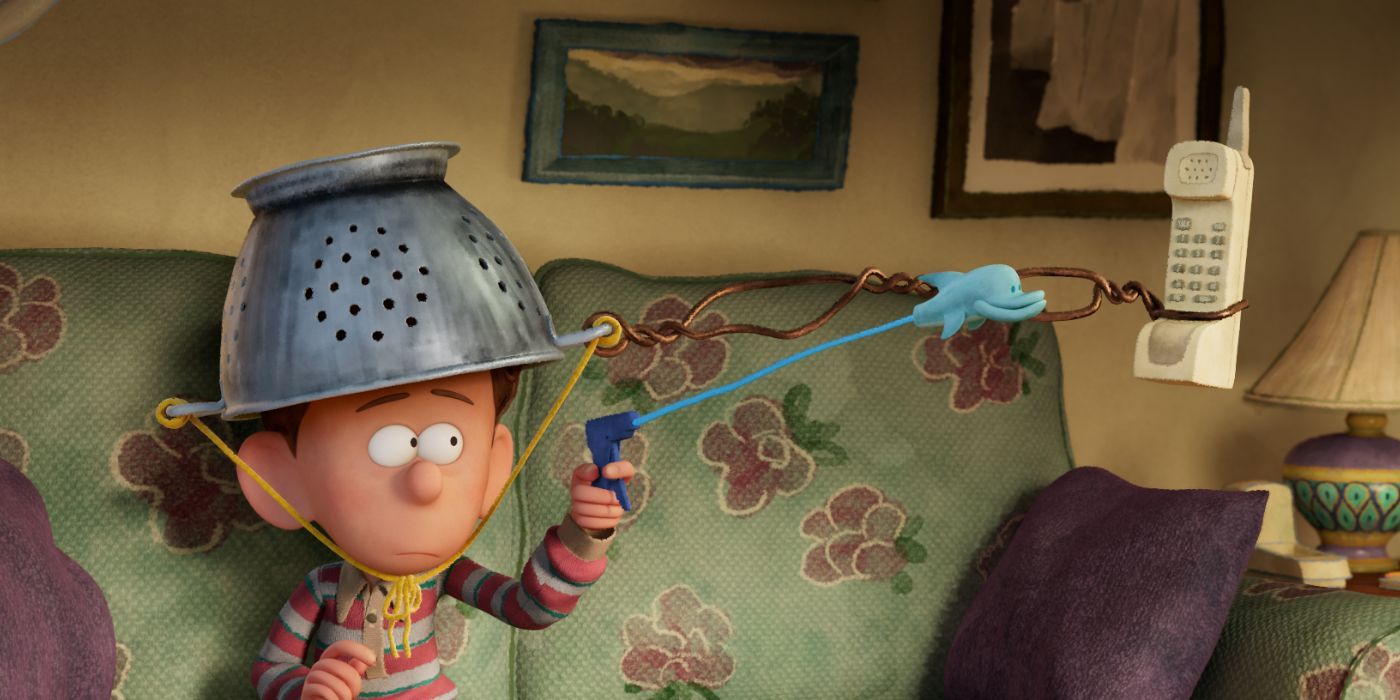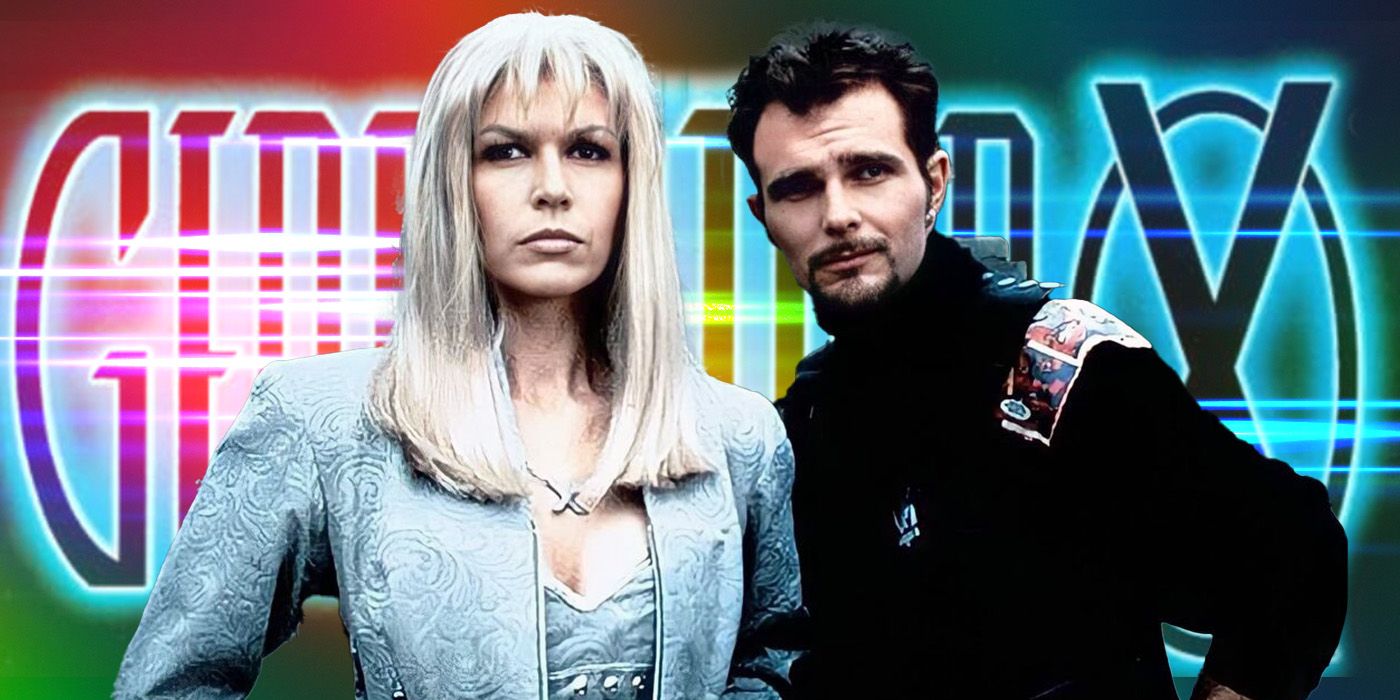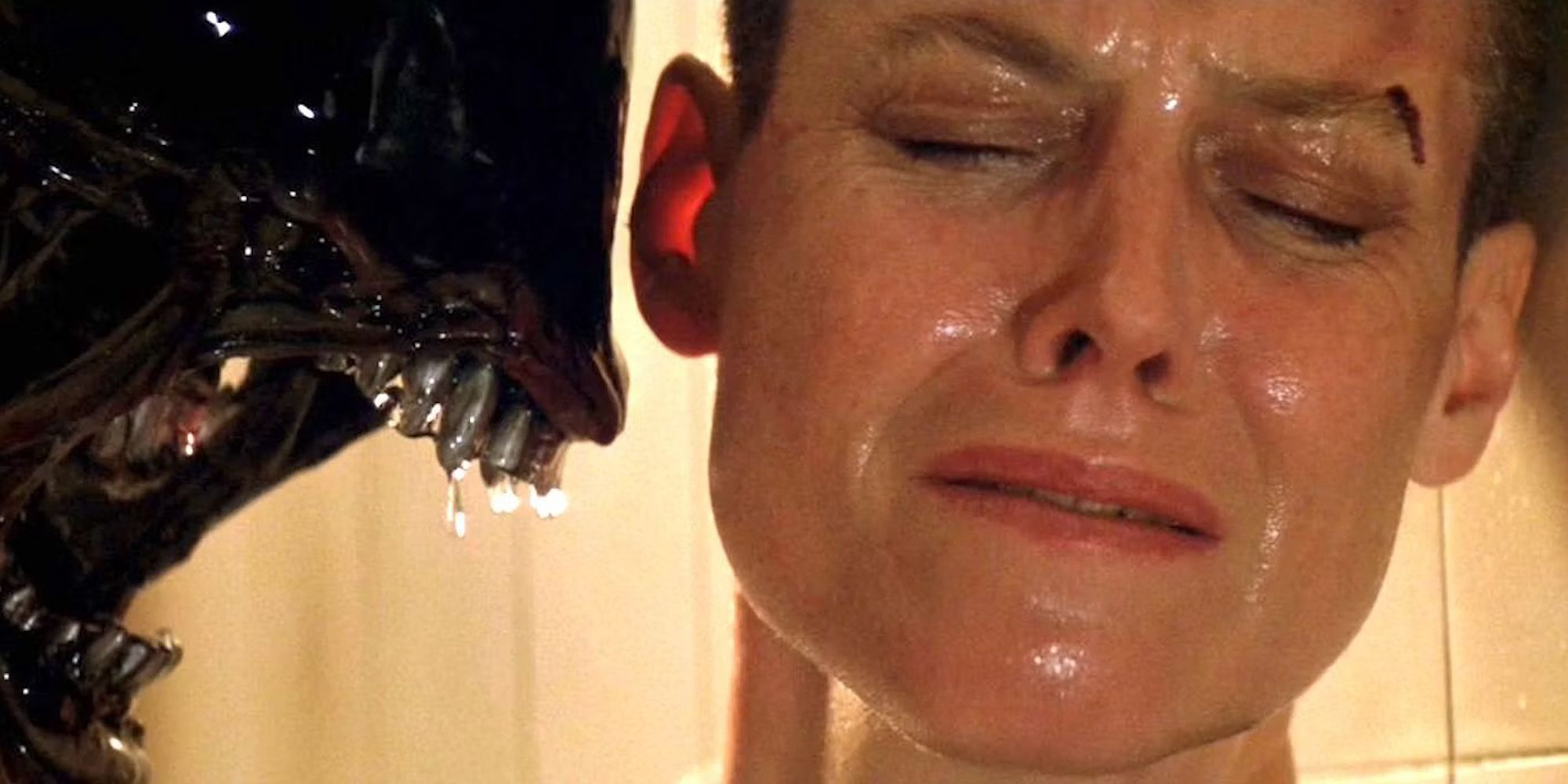The Big Picture
-
Orion and the Dark
takes a nuanced approach to emotions, showing the complexity of managing fears. - The movie emphasizes that it’s okay to feel fear, but shows the importance of coexisting with emotions.
-
Orion and the Dark
portrays anxiety realistically, offering a refreshing and empathetic take on mental health.
Released in 2015, Pixar‘s Inside Out follows the story of Riley, an 11-year-old girl forced to relocate from her home in Minnesota to adapt to a new life in San Francisco. However, Riley takes a secondary role to the true protagonists of this story, as Joy (Amy Poehler), Sadness (Phyllis Smith), Anger (Lewis Black), Fear (Bill Hader), and Disgust (Mindy Kaling) take center stage and manage Riley’s thoughts and actions during this difficult transition period. The movie has garnered acclaim for its imaginative, heartfelt, and fun portrayal of emotions, making it one of Pixar’s highest-grossing films.
Inside Out does an excellent job of taking abstract concepts such as emotions, core memories, and personality and rendering them in a digestible way. It also emphasizes the importance of embracing our emotions and understanding where they come from. However, despite its many merits, Inside Out falls short in one particular aspect where DreamWorks’ latest film, Orion and the Dark, excels.
Orion and the Dark
Meet Orion, a young boy who is afraid of heights, pets, and rendered nearly catatonic by the worst of all perils: the dark. The Dark takes Orion on a nighttime trip to prove to the youngster that the only thing to fear is fear itself.
- Release Date
- February 2, 2024
- Director
- Sean Charmatz
- Runtime
- 93 minutes
- Writers
- Charlie Kaufman , Emma Yarlett , Lloyd Taylor
- Studio(s)
- DreamWorks Animation
- Distributor(s)
- Netflix
‘Orion and the Dark’ Is Complicated, But That’s the Point
Based on the children’s book of the same name by Emma Yarlett, Orion and the Dark tells the story of an anxious tween with a hyperactive imagination who has a fateful encounter with the literal embodiment of his greatest fear: the Dark (voiced by Paul Walter Hauser). As they go on an adventure together to show Orion (Jacob Tremblay) the benefits of the night and how to overcome his fears, the story takes unexpected twists and turns until it evolves into a heartfelt tale about facing challenges and self-discovery. However, what truly sets Orion and the Dark apart from other animated films is that it refuses to water down the complexities of the human experience.
In Inside Out, the audience hardly ever gets to see Riley’s thought process or how she arrives at certain behaviors. If she’s angry, she lashes out; if she sees broccoli, she recoils in disgust. By allowing emotions to define Riley’s actions, Inside Out negates all other elements of the decision-making process, such as goals and personal values, and strips away her autonomy, defining her behavior solely by her feelings. On the other hand, there’s Orion, who would have Fear running the console of his mind, meeting his greatest fear in the flesh. And yet, despite his apprehension and anxiety, he is able to confront his fear in order to achieve a greater goal, depicting a more nuanced and realistic way of viewing life. Orion and The Dark tells the audience that feelings are always going to be there, but it is up to us to decide if we’re going to let them dictate our actions, or if we are going to “feel the fear, and do it anyway.”
Characters that seek to reflect reality should be portrayed as experiencing their feelings with all the complexities they entail. Although Orion is afraid of tangible things like bees and clowns in the sewer, his greatest fears stem from the thoughts he conjures in his mind: anticipating rejection, fear of humiliation, and the unknown lurking in the dark, ready to attack him. As a child without proper tools to manage his anxiety, he constantly isolates and hides himself from the world in fear. Yet, as the plot progresses, Orion becomes more comfortable with uncertainty and ambiguity. Rather than seeing another story in which the main character’s traumas are suddenly gone by the end of the film, Orion and the Dark presents the audience with a protagonist they can root for and relate to.
‘Orion and the Dark’ Reminds Us That It’s Okay To Be Afraid
In a characteristic Kaufman-esque twist, it is later revealed that the movie is actually a bedtime story being told by an adult Orion (voiced by Colin Hanks) to his daughter, Hypatia (Mia Akemi Brown), who shares her father’s dread of the dark. With the introduction of this new character, the narrative adopts a more meta approach, delving into an examination of its own plot. Hypatia’s insightful commentary on Orion’s bedtime story takes the storyline in a different direction. She confronts her dad about his lingering fear of the dark and insists that it should be allowed to exist in the story. Together, they craft a new tale: instead of removing Orion’s fears from the story and never talking about them again, he is able to coexist with his feelings.
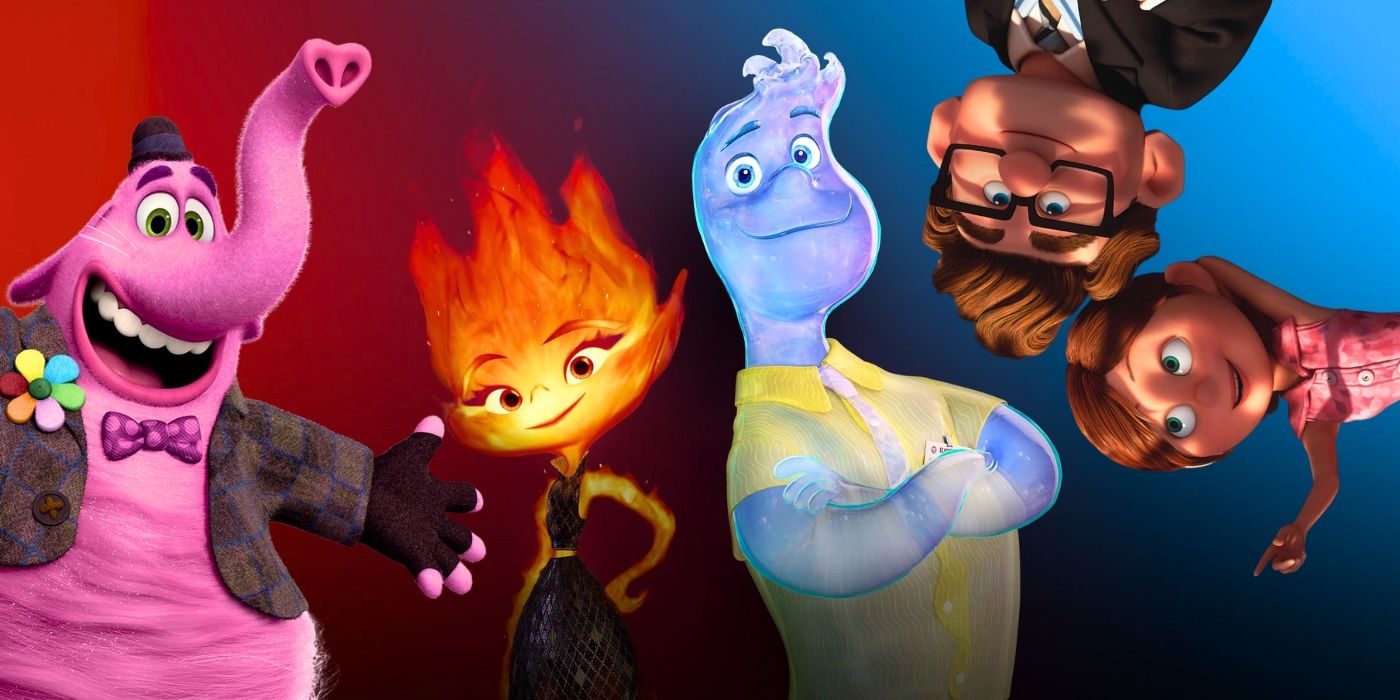
Unlike Other Pixar Films, ‘Elemental’ Fails in This Major Way
Pixar movies of the past help reinforce why the big emotional moments of ‘Elemental’ come up short.
Adult Orion is often depicted as uncertain about things, but rather than letting those things hinder him, he admits to his own limitations, which helps him bond with his daughter. Instead of portraying him as an all-powerful adult with no fears, Orion is shown to be just as vulnerable as he was when he was a child. This refreshing approach to dealing with challenges offers a more realistic and helpful way to manage emotions. In the words of Hypatia, “The only stories that really help are the true ones.” Fortunately, there have been more movies that deal with these themes in recent years.
‘Orion and the Dark’ Is a Realistic Depiction of Anxiety
Orion, whose name is very ironic given its origin, is afraid of common things that most kids fear, such as talking to their crush and facing rejection, or embarrassing themselves during a class presentation. However, his fears extend much further and deeper than the typical anxieties associated with childhood. He worries about the potential harm of cellphone waves causing cancer, the possibility of accidents on the highway, and most profoundly, the fear of ceasing to exist and the resulting nothingness. Whether grappling with everyday worries or existential dread, Orion finds himself trapped in a cycle of perpetual anxiety. Being portrayed as a smart and creative boy, Orion tends to justify and reinforce his current fears, as well as conjure up new ones.
Despite the initial constant state of anxiety, Tremblay’s masterful voice performance and Kaufman’s thoughtful script manage to make Orion relatable. Throughout the film, the audience experiences a range of emotions, from fear and joy to shame, relief, loneliness, and compassion, as also depicted in Inside Out. Orion and the Dark, however, explores these heavy topics in a more dynamic and realistic way. It is ultimately a story of connection and self-discovery that subverts common tropes by adopting a more empathetic and realistic approach to mental health, making it one of the best Netflix animated movies.
Orion and the Dark is available to watch on Netflix in the U.S.
Watch on Netflix

